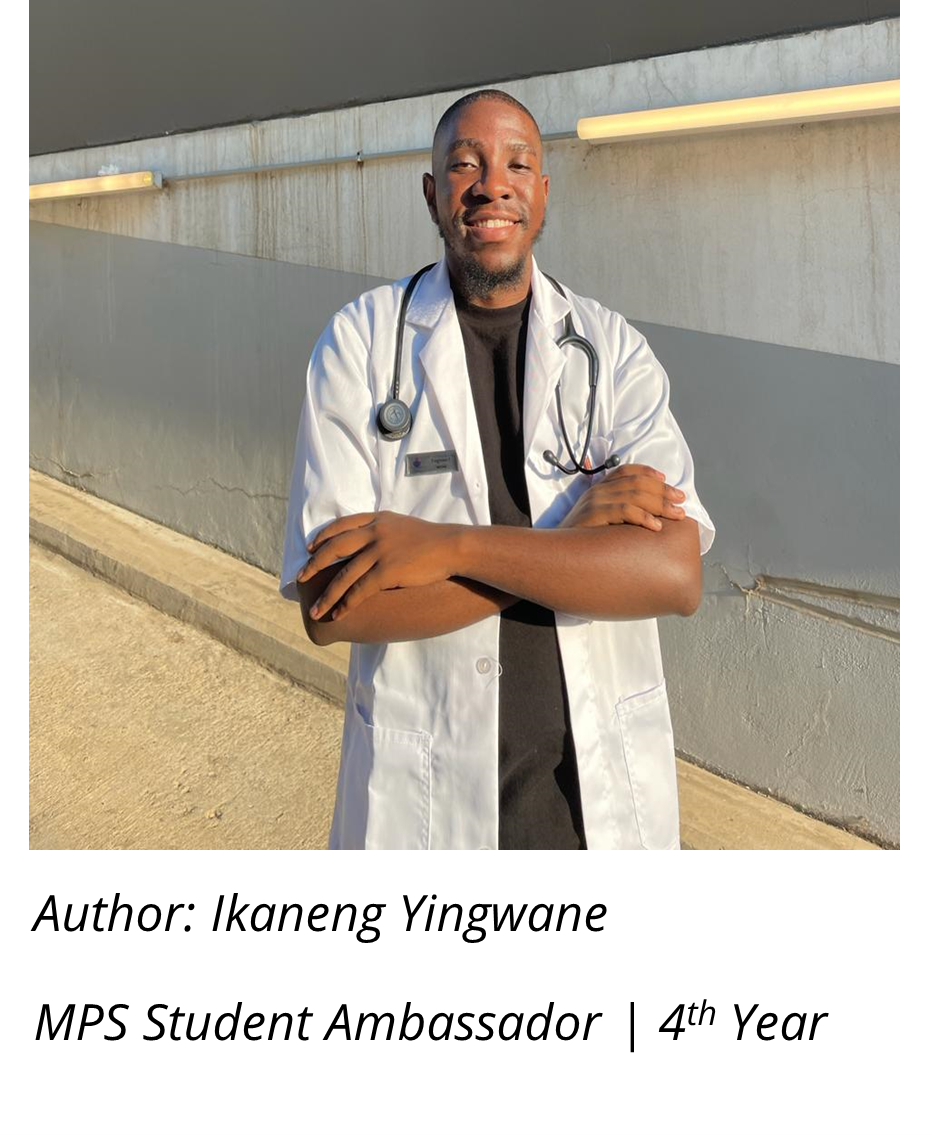Medical student Ikaneng Yingwane explains some of the issues that can arise around end-of-life care.
______
End of life issues appear to be a foreign concept in practice as it encompasses a complex of array of ethical, medical, legal, and emotional consideration that come to light as individual approaches the end stages of life. This is one of the many topics that have piqued my interest when I attended a series of ethics lectures. The issues include advance directives, euthanasia, palliative care, and the role healthcare professionals and caregivers stand to play in the trying times of life.
Advance directive refers to one’s ability to make a decision regarding their medical treatment, as well as appointing a proxy in case they become incapacitated. This concept at its core promotes the patient’s autonomy as does physician-assisted euthanasia. However, it encroaches on the healthcare professional’s ethical obligations and in the case of a proxy an emotional turmoil as they would have to decide whether care should be ceased or continued in circumstances that may be great for them to fathom. Ideally, advance directives are legally binding, but that is not the case in South Africa, and this indirectly relieves the healthcare professional and proxy of any legal consequences while at the same time, it could mean that an individual’s suffering could be potentially prolonged.
Euthanasia, or the deliberate ending of a person's life to relieve suffering. It is the biggest thorn of end of life issues. Though legal in some countries, it remains unlawful in South Africa as it goes against one’s constitutional right to life, as well as contravening the non-maleficence bioethical principle. It aims to provide a compassionate option for terminally ill patients that are forced to endure unbearable pain and loss of dignity, on the flipside it runs the risk of coercion, abuse, and devaluation of human life. Some are of the belief that if there are regulations put in place it could potentially assist in reducing burden on the healthcare system as well as being able to grant patients their wishes.
Palliative care is centred around pain relief and improving quality of life for patients with terminal illnesses, irrespective of prognosis. In contrast to hospice care which is usually reserved for patients with less than 6 months of life, palliative care can be integrated alongside curative care measures throughout the trajectory of the illness. It addresses the needs of the patient to enable them to experience comfort and support as they navigate the challenges of advanced illness, enhancing both patient’s and family well-being.
The role of healthcare professionals and caregivers is integral in supporting patients through the end-of-life journey. A team of healthcare professionals ought to engage in honest open dialogue with patient and family in facilitating a shared decision making and providing compassionate care that aligns with the patient’s values and goals. Caregivers, whether professional aides or family members, offer insurmountable emotional support, assistance in daily activities and companionship to patients facing terminal illness, highlighting the importance of end-of-life care.
End-of-life issues encompass a broad spectrum of medical, ethical, and emotional considerations that require delicate attention and compassion. Engaging in advance care planning, advocating for open conversations and providing comprehensive palliative care, society stands to encourage individuals to navigate the end-of-life journey with dignity and respect. Furthermore, the legislature should be visited to see how best to accommodate and facilitate care as far as euthanasia is concerned. Although end-of-life issues stand to provide relief to patients’ suffering, it should not be lost on us to negate the responsibility to uphold the principles of non-maleficence, beneficence, and autonomy in our approach to end-of-life care.

______
To read more student articles like this visit our student hub.